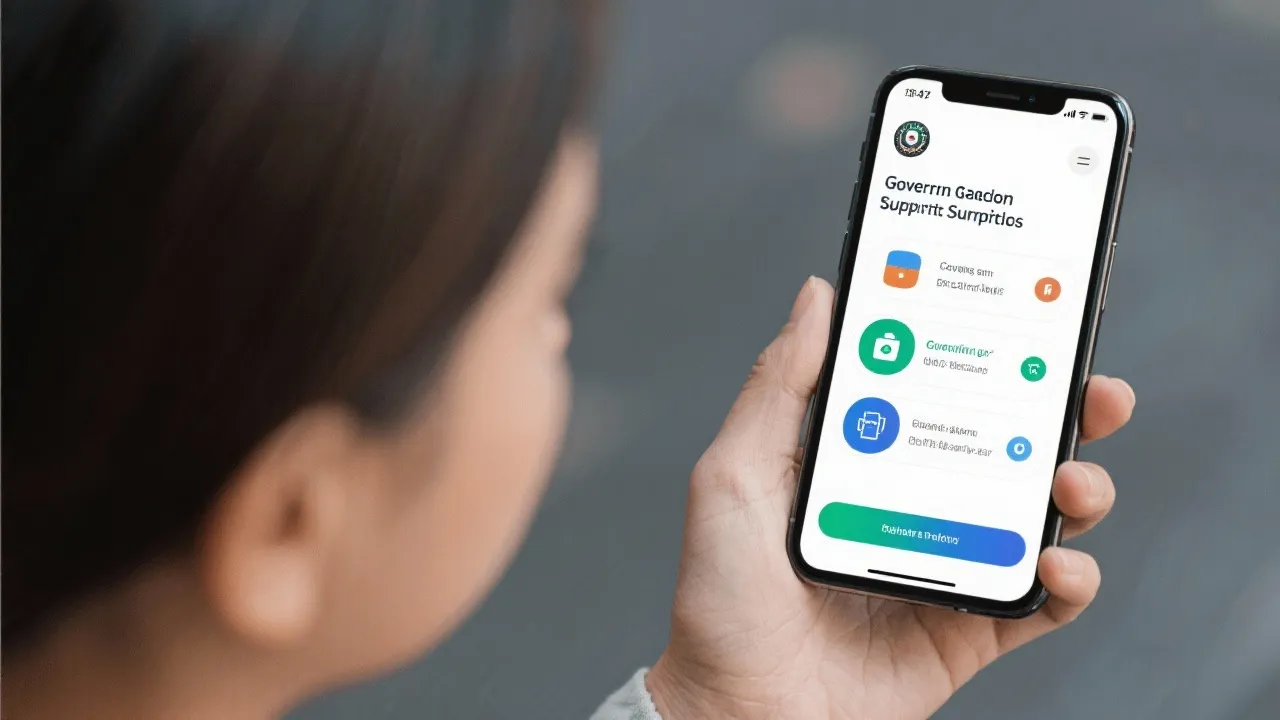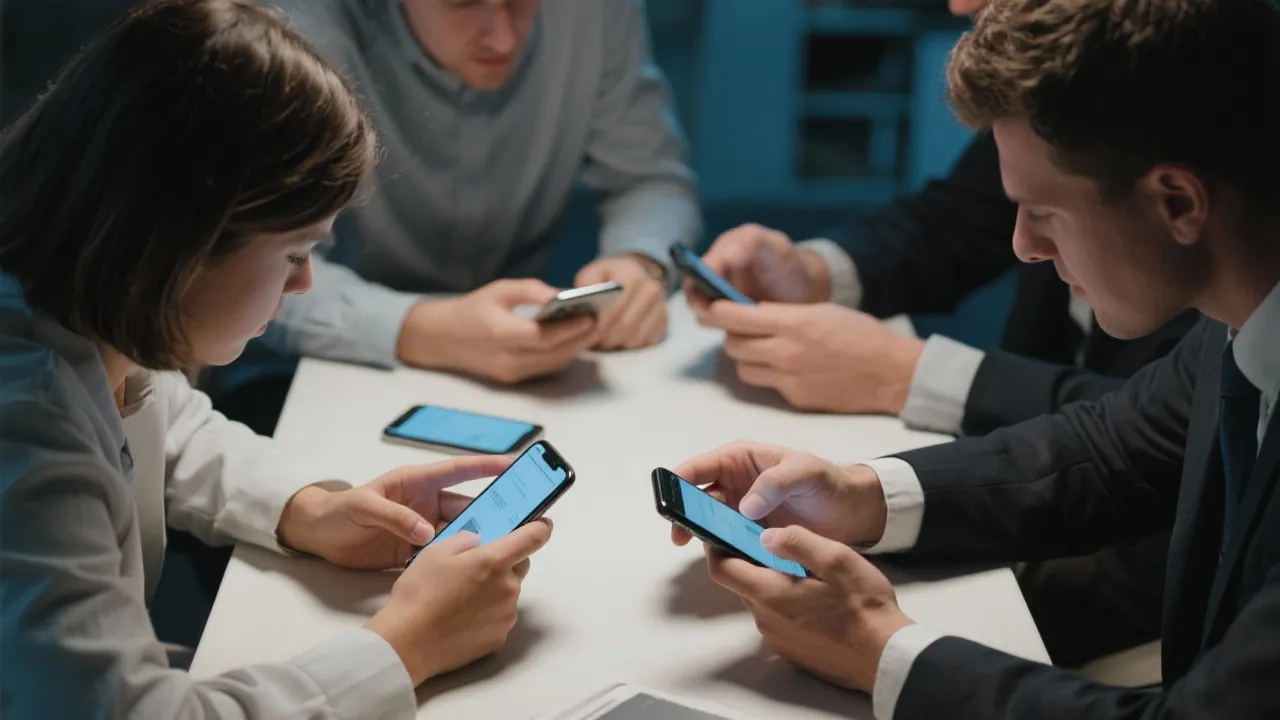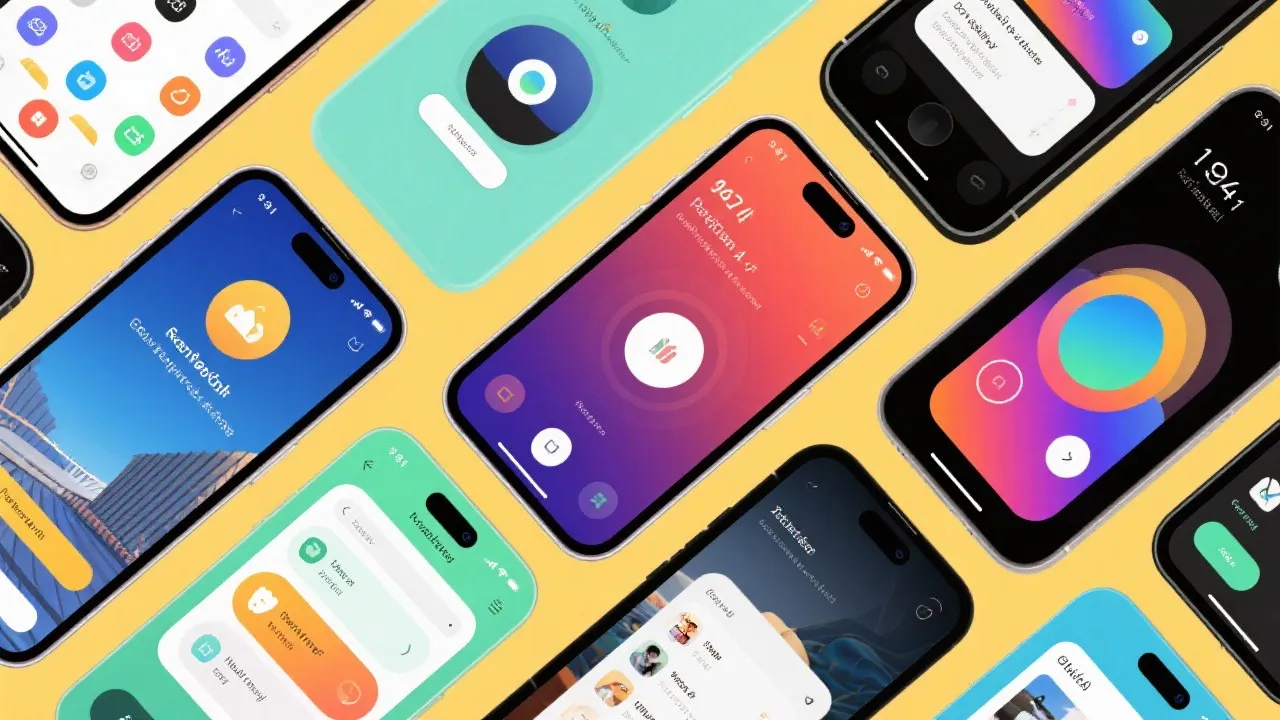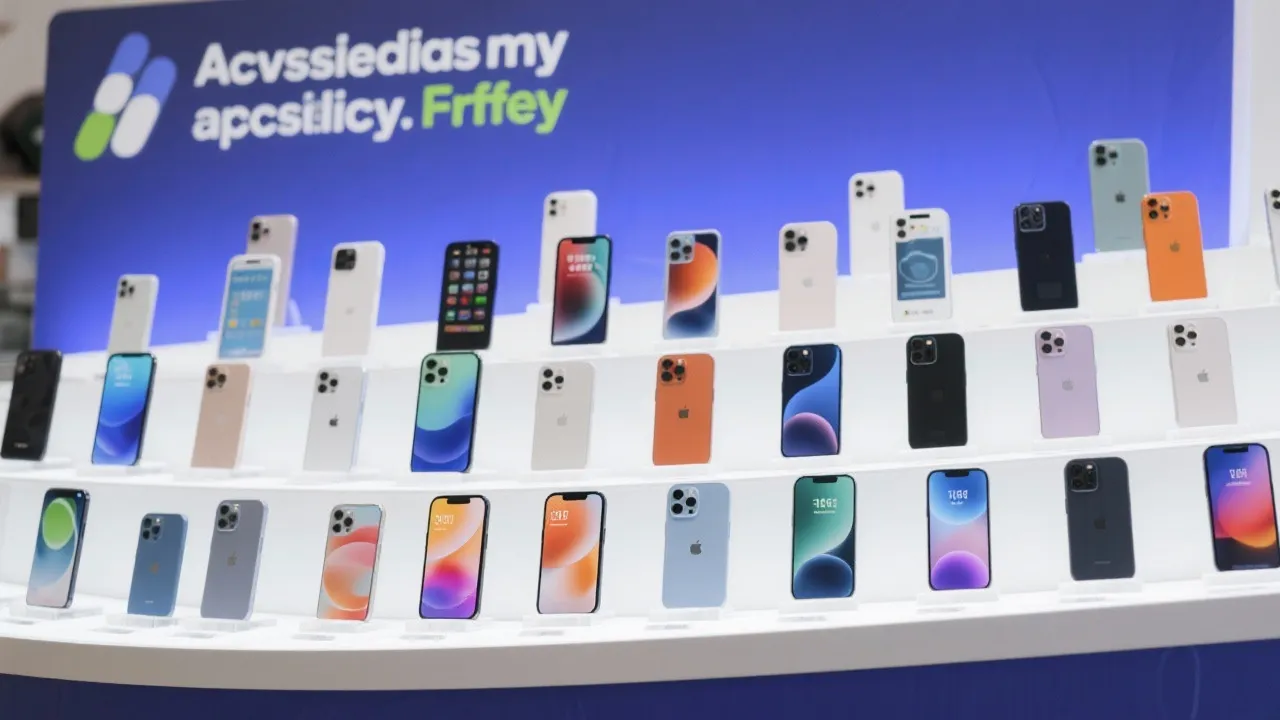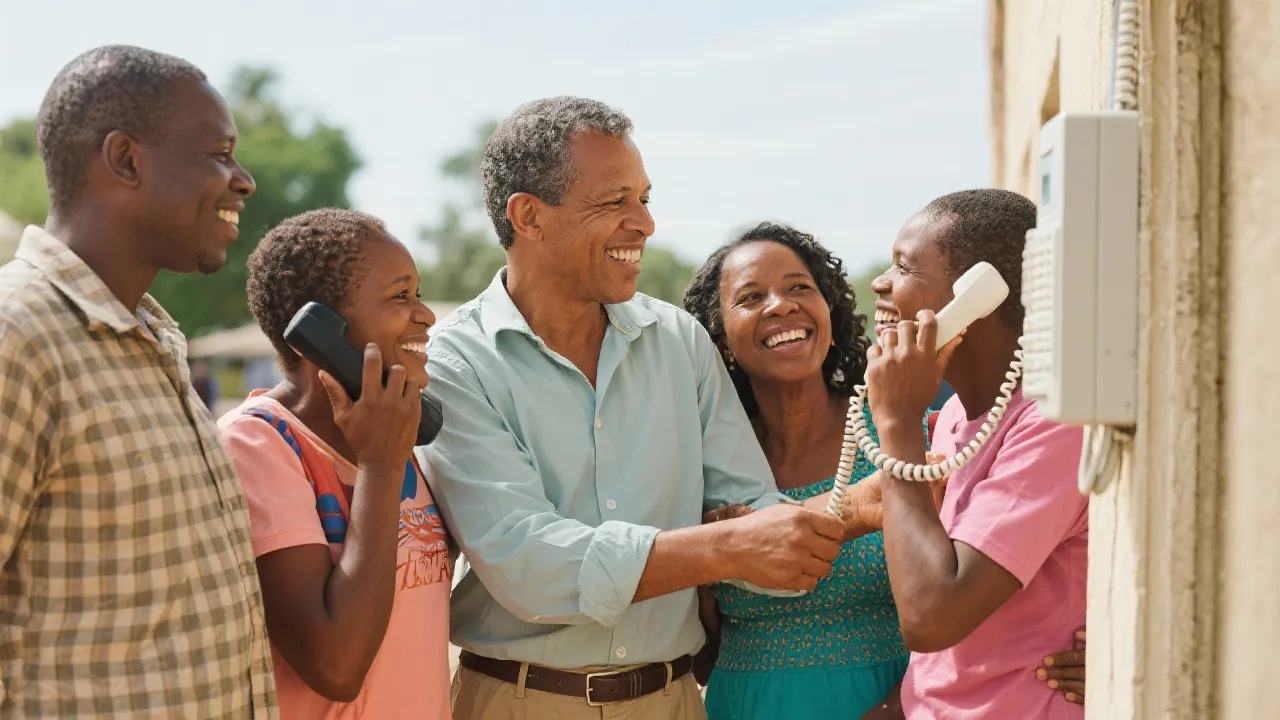Navigating Government Phone Plans
This comprehensive guide explores the landscape of government-assisted phone plans, diving into the benefits and application process for SafeLink Wireless, Assurance Wireless, StandUp Wireless, Access Wireless, and True Wireless. These programs offer essential communication services for eligible individuals who meet specific income and assistance program criteria, ensuring access to vital connectivity resources.
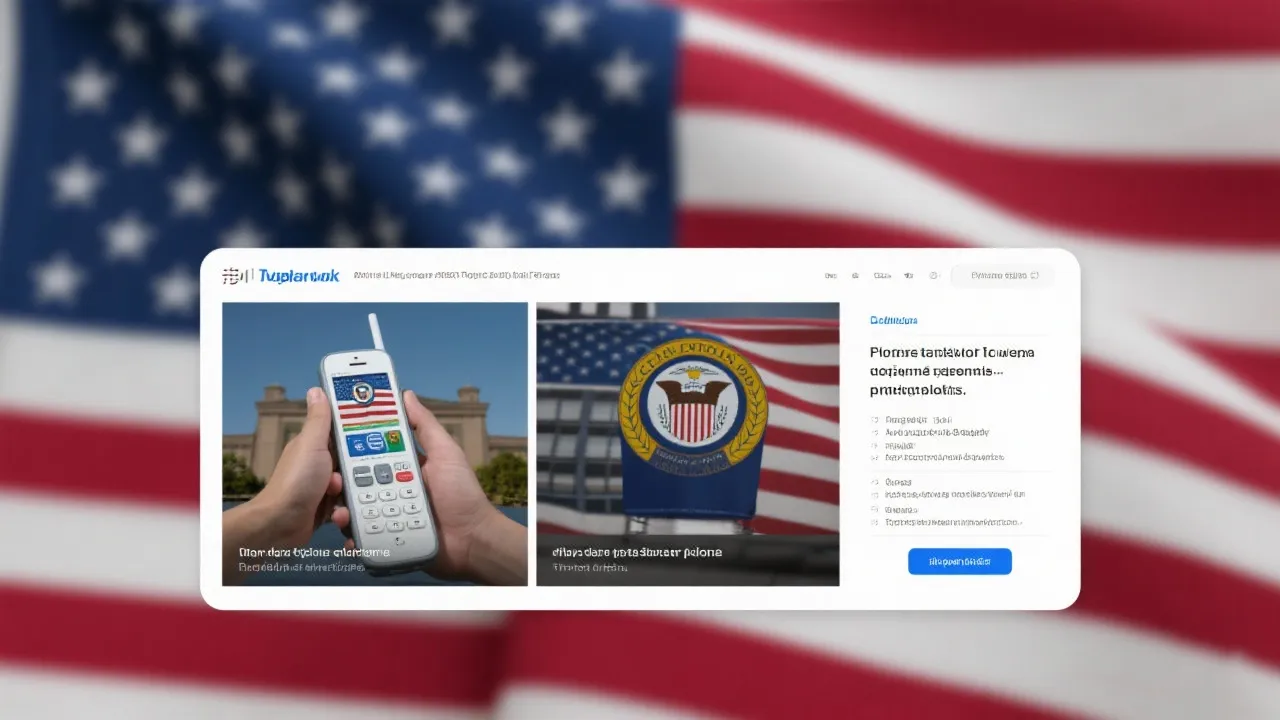
Understanding Government-Assisted Phone Plans
Communication is a vital part of daily life, yet not everyone can afford modern telecommunication devices and services. Recognizing this gap, various government-assisted programs provide phone plans to those in need. Among these, SafeLink Wireless, Assurance Wireless, StandUp Wireless, Access Wireless, and True Wireless stand out for their offering of accessible phone services to eligible individuals. These programs aim to empower low-income households by ensuring they remain connected in today’s digital world, enabling access to essential services, job opportunities, and social networks.
SafeLink Wireless
SafeLink Wireless is one of the oldest and most recognized providers of Lifeline services. By providing eligible participants with the opportunity to receive a phone without upfront costs, SafeLink assists individuals in overcoming financial barriers to communication. They offer several options, allowing customers to choose between affordable devices or the flexibility of bringing their own. The plans include unlimited texts and calls, with varying data allowances depending on the state and coverage plan. Residents in urban areas can generally expect more robust service and higher data availability compared to those in rural locations.
Those craving premium devices should note there may be additional costs associated with selecting a higher-end phone. It’s also important for users to stay informed about changing policies regarding their service plans because the telecommunications landscape is continuously evolving.
Assurance Wireless
In partnership with the Lifeline National Verifier, Assurance Wireless extends its services by providing affordable Android smartphones. These devices come with unlimited texting and calling capabilities, alongside a pre-determined data plan suitable for basic internet connectivity needs. For individuals seeking enhanced services, Assurance offers options to purchase more data or utilize international calling features for an additional charge. This flexibility allows customers to customize their plans according to their communication requirements.
Assurance Wireless also emphasizes customer support, providing users with resources to address any concerns regarding their phone plans and ensuring that participants can maximize their benefits from the program. The collective aim remains clear: to ensure that recipients can maintain essential connections with their families and communities.
StandUp Wireless
StandUp Wireless continues to support low-income households by providing complimentary smartphone options or a Bring Your Own Device (BYOD) plan. Their offering includes unlimited calling and texting, which is critical for those who might need to stay in touch with healthcare providers or look for job opportunities. For customers interested in slightly more advanced capabilities, StandUp Wireless offers optional add-ons for premium phones or expanded data services, which can be tailored based on individual needs.
Moreover, StandUp Wireless prominently features a commitment to customer education, offering guidance on how to use mobile devices effectively, helping users navigate their online services safely, and promoting information on technology that they may not have had access to before. Such resources can be invaluable for individuals as they strive to enhance their digital literacy.
Access Wireless
Access Wireless harnesses both Lifeline and Affordable Connectivity Program (ACP) benefits to offer affordable voice and text services. They are particularly appealing to users who value basic communication over data-heavy applications. Their plan includes limited high-speed data, which is useful for light internet browsing and accessing necessary applications. Additionally, users have the flexibility to purchase extra data or enhance their devices through paid upgrades.
This option allows customers to mold their service according to their specific needs, balancing the desire for connectivity with budgetary concerns. Access Wireless understands that many of their users may be new to smartphone technology, so they provide comprehensive support services and resources, helping individuals transition smoothly into the mobile space.
True Wireless
True Wireless champions the cause of accessibility and affordability by primarily focusing on individuals enrolled in government aid programs like Medicaid or SNAP. Their offering includes affordable voice and data plans that promote both communication and internet access, essential for educational and employment resources. Recipients have the flexibility to upgrade their devices or acquire additional data for a fee, aligning with the preferences and requirements of each user.
The company actively partners with local community organizations, using their networks to reach out to eligible individuals, ensuring that those who may need these services the most are educated about their options and aware of how to apply effectively. Moreover, True Wireless hosts regular workshops and informational sessions that further aim to educate users on maximizing their phone’s capabilities and understanding the available services.
Eligibility and Application Process
The eligibility criteria across these programs are fairly aligned, consistently aimed at supporting low-income individuals and families. To qualify, applicants must either have an income at or below 135% of the Federal Poverty Guidelines for the Lifeline program or 200% for the Affordable Connectivity Program (ACP) or must be participants in government-assisted programs such as Medicaid, SNAP, Supplemental Security Income (SSI), or the Federal Public Housing Assistance (FPHA). Additionally, individuals residing on Tribal lands may find additional benefits available through these programs due to the particular challenges facing Native American communities regarding access to technology.
The application process generally involves an online submission through each provider's website. Applicants need to provide proof of eligibility and any required documentation, which could include tax returns, pay stubs, or benefit letters from government agencies. Here’s a summary table for better understanding:
| Provider | Services Included | Additional Costs |
|---|---|---|
| SafeLink Wireless | Affordable smartphone/BYOD, unlimited text, calls, and data | Upgrades for premium devices, additional data packages |
| Assurance Wireless | Affordable Android smartphone, unlimited talk/text, with standard data | Extra data, international calling options |
| StandUp Wireless | Smartphone options or BYOD, unlimited text, calls, and data | Premium device options, additional data |
| Access Wireless | Unlimited voice/text, standard high-speed data | Data boosts, device upgrades |
| True Wireless | Affordable phones, voice and data plans, basic features | Device upgrades, additional data bundles |
For most up-to-date and detailed information, it's advisable for potential applicants to visit the official websites of each provider.
FAQs
- Who is eligible for these programs? Anyone with incomes below federal poverty guidelines or actively participating in specific government assistance programs may be eligible.
- Can I upgrade my phone or data plan? Yes, users are able to upgrade their devices or increase their data plans, though these upgrades typically incur an additional cost.
- How do I apply? Applications are usually submitted via an online form available on the provider's website, where necessary documentation must be uploaded for verification.
- Are there any hidden fees? While most providers clarify their pricing structure, additional costs may arise from device upgrades or premium services, so it is recommended to check thoroughly before applying.
- How long does the application process take? The processing time can vary depending on the provider, but applicants can generally expect a response within a few business days after submission.
Conclusion
Government-assisted phone plans play a crucial role in bridging communication gaps for eligible individuals. They not only facilitate essential communication but also enhance individuals' quality of life by ensuring that they can access healthcare services, job opportunities, and education resources. With various providers offering diverse plans, participants can choose options that best meet their needs and provide tailored assistance. It remains essential for potential applicants to review the current offerings directly on the providers' websites to obtain the most accurate and up-to-date information, ensuring they leverage the resources available to them fully.
By understanding the features of each program, individuals can discern which provides the best fit for their circumstances, mitigating any stress associated with budget constraints while promoting an engaged, connected lifestyle. In an age where connectivity is invaluable, these assistance programs not only represent access to phones but open channels for social participation, personal empowerment, and enhanced living standards.
Disclaimer: The information presented is sourced from online resources, current as of October 2023. This website does not guarantee the successful application for a government-assisted phone nor does it provide real-time updates. Please refer to the official provider requirements for detailed application guidance.
-

A Guide to Cost-Efficient Small Electric Cars for Seniors
-

Mastering Debt Consolidation: Boost Your Credit Score and Manage Interest Rates
-

Your Guide to Loans, Credit Checks, and Interest Rates
-

Affordable Independent Living: Finding the Right Senior Housing
-

Guide to Senior Living Apartments: Affordable and Comfortable Environments





